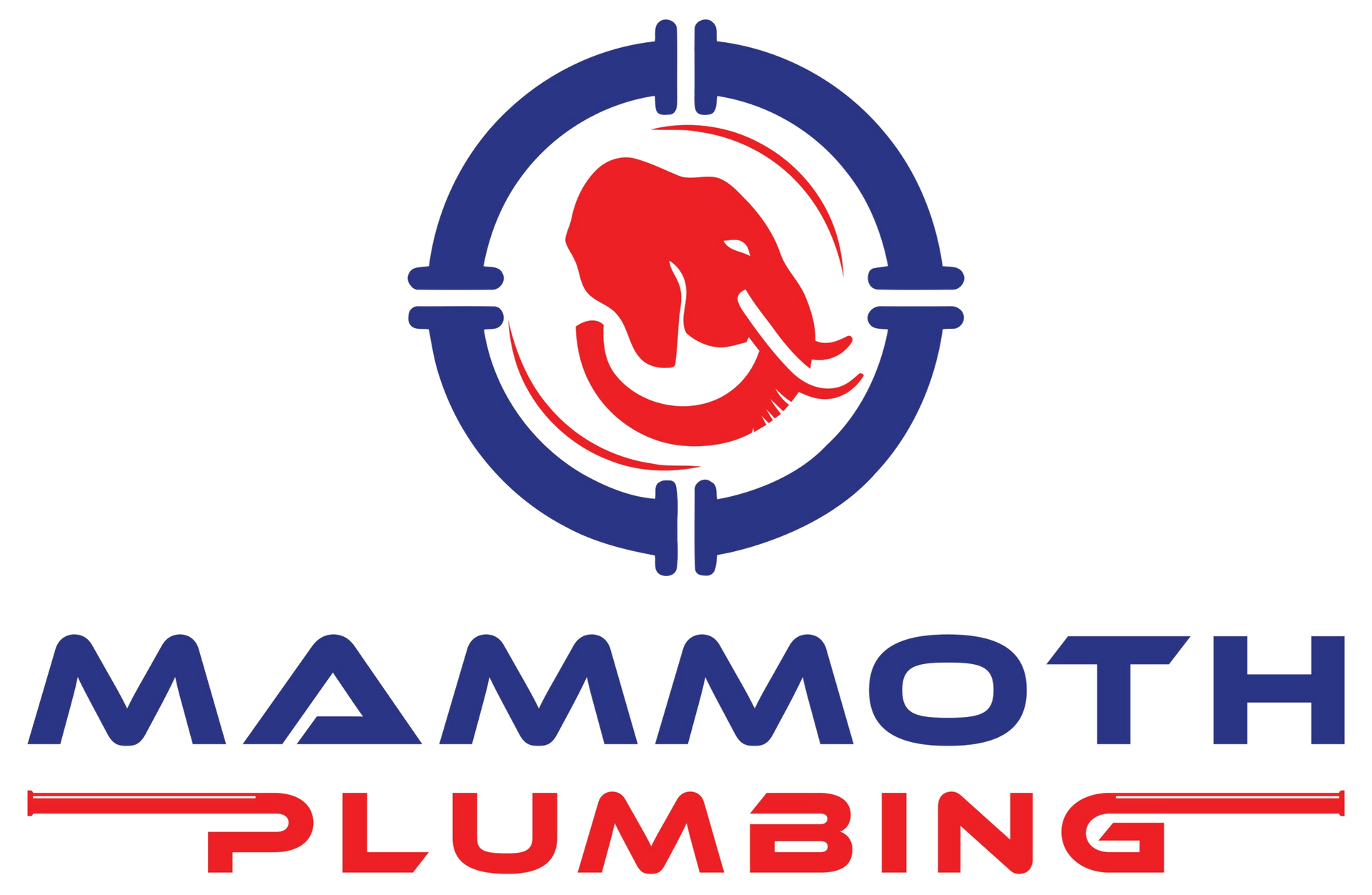FAQs
How quickly can you respond to a plumbing emergency?
We provide prompt plumbing services with typical arrival times of 30–90 minutes for most CITY locations, prioritizing urgent situations to minimize property damage.
What causes low water pressure in my home?
Common causes include pipe corrosion, mineral buildup, hidden leaks, or municipal supply issues. Our diagnostic process pinpoints the exact cause for an effective solution.
How often should I have my drains professionally cleaned?
We recommend every 1-2 years for most homes. Properties with large families, older plumbing systems, or tree root issues may need more frequent service.
Is a tankless water heater worth the investment?
Yes, for most Bay Area homes. They offer 20+ year lifespans, 20-30% energy savings, endless hot water, and space-saving designs, typically paying for themselves over time.
How do I know if I need repiping rather than spot repairs?
Consider repiping if you have frequent leaks, discolored water, dropping pressure, or visible corrosion. Homes built before 1970 often benefit more from complete repiping.
What maintenance does my water heater need?
Annual maintenance should include tank flushing, pressure relief valve checks, anode rod inspection, and temperature setting adjustments for optimal performance.
How can I prevent clogged drains?
Use drain screens, avoid disposing of fats down drains, use garbage disposals properly, and flush drains periodically with hot water.
What's the difference between a sump pump and a sewage ejector pump?
Sump pumps remove groundwater from basements or crawlspaces. Sewage ejector pumps move waste from below-grade fixtures to the main sewer line.
How do you diagnose sewer line problems?
We use high-definition video camera inspection to examine sewer lines without excavation, precisely identifying problems for targeted repairs.
Are water-efficient fixtures worth installing?
Yes. They typically pay for themselves within 1-2 years through reduced water bills, while conserving resources and reducing strain on infrastructure.
